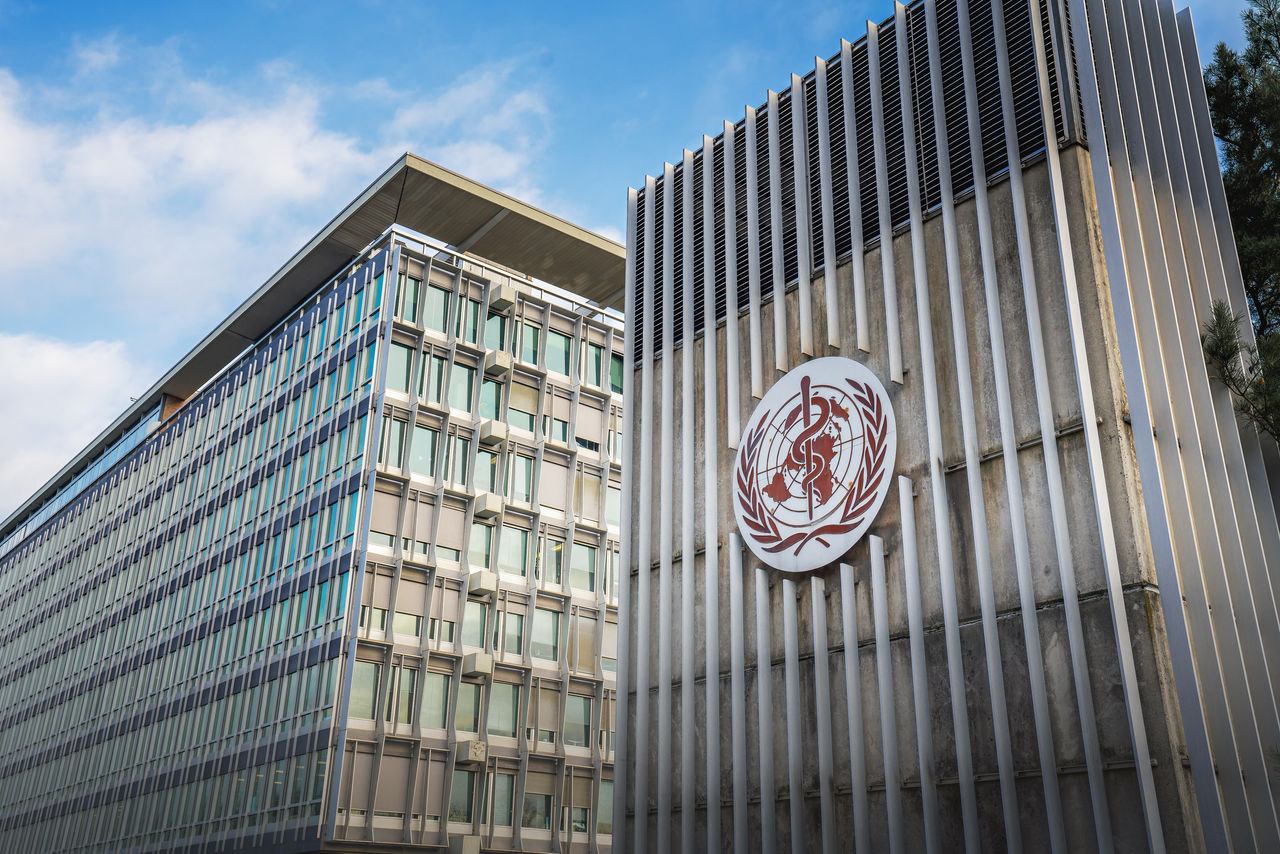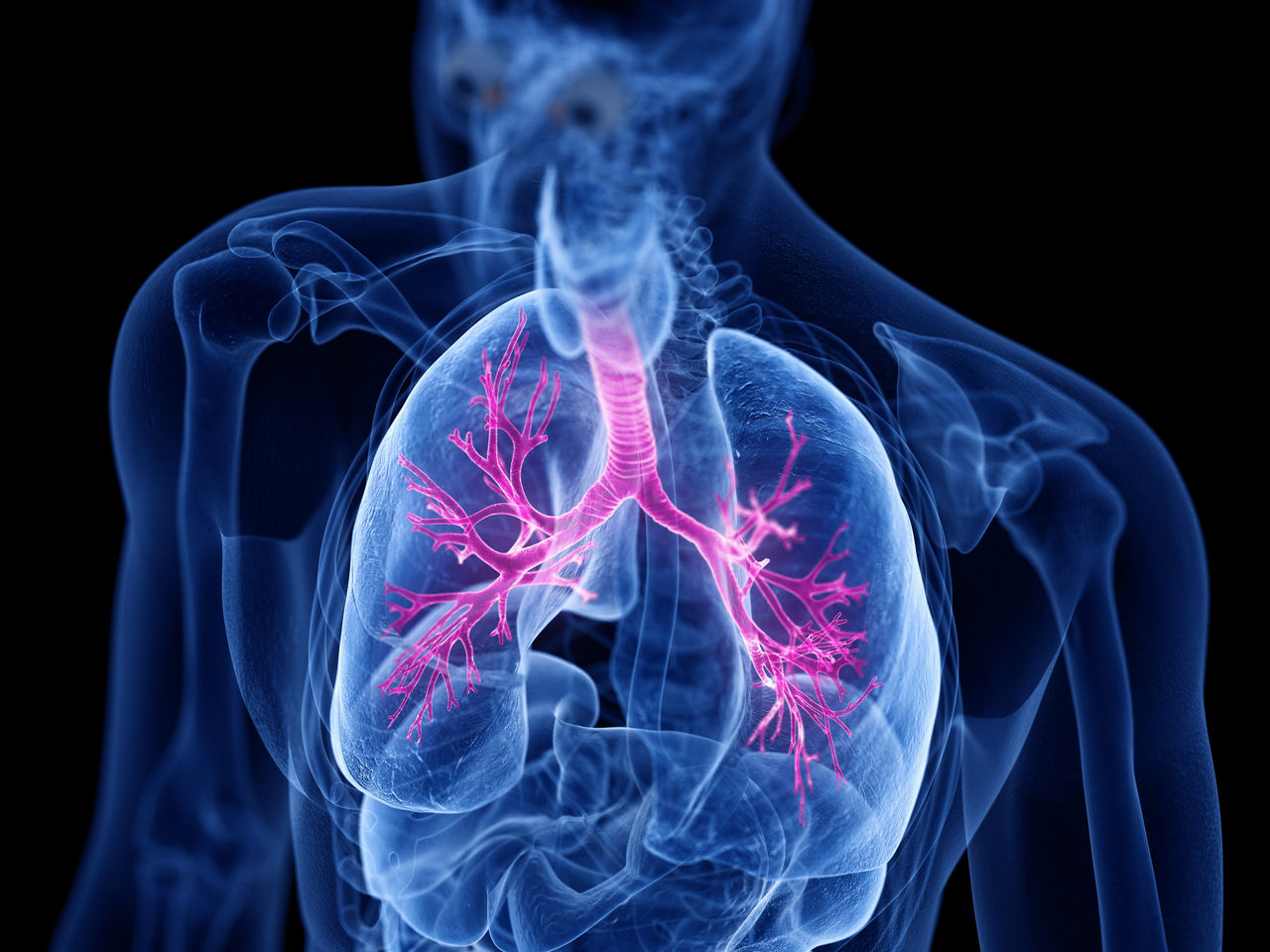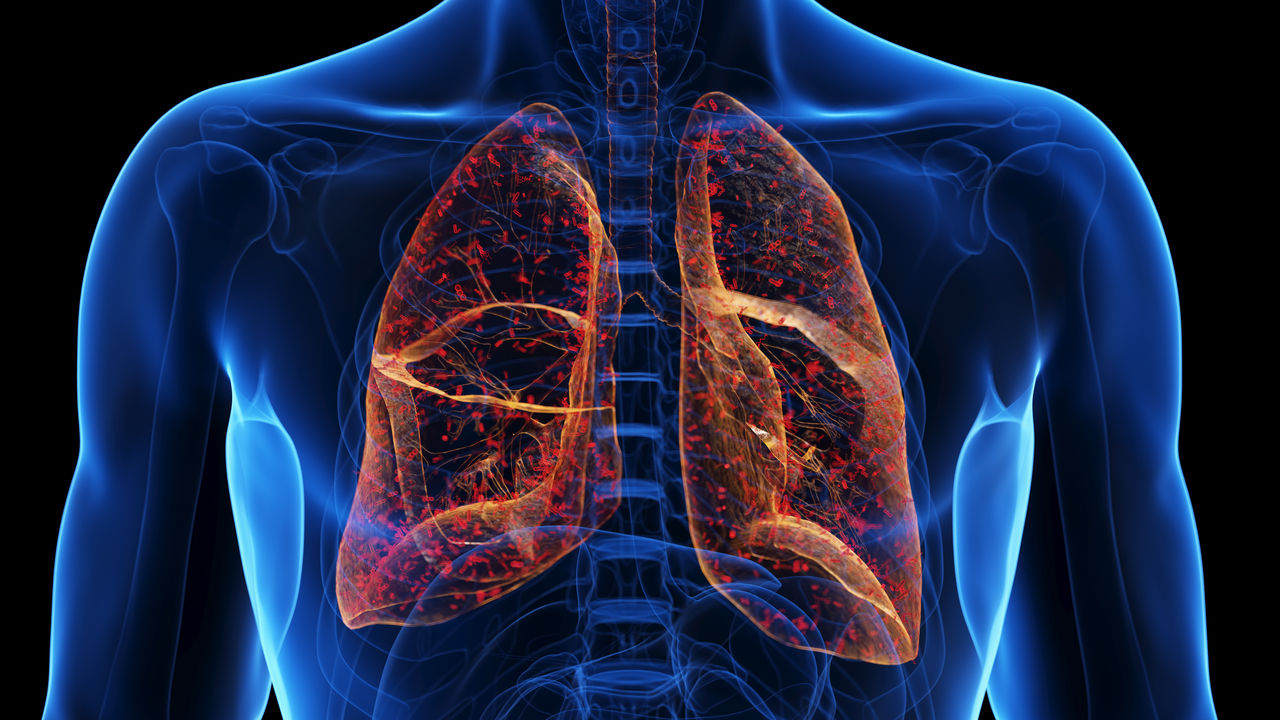Antimicrobial Resistance & Stewardship
-

August 10, 2023
Diagnostics, a pillar of WHO research priorities for battling antimicrobial resistance
WHO has published, for the first time, a list of 40 priority research topics aimed at speeding up the implementation of concrete measures on a global scale. A roadmap that gives great importance to diagnostics. -

August 02, 2023
The judicious use of antibiotics would improve lifespan of patients with Cystic Fibrosis
“A key to helping patients live even that long—a vast improvement from an average lifespan of 10 years just decades ago—is judicious use of antibiotics,” explains Andrea Hahn, M.D., a pediatric infectious diseases specialist at Children’s National Health System in Washington D.C. -

July 19, 2023
Procalcitonin May Help Reduce Unnecessary Antibiotic use in Patients with Non-Pneumonia Lower Respiratory Tract Infections
Viruses frequently cause lower respiratory tract infections (LRTI) in adults. Physicians often treat those infections with antibiotics because there is not enough immediately-available information to gauge whether a patient may have a viral or a bacterial infection. Unnecessary exposure to antibiotics can be harmful to patients, and it also contributes to the development of antimicrobial resistance. -

June 14, 2023
Understanding the Pandemic’s Impact on Antibiotic Prescribing and Antimicrobial Resistance
The COVID-19 pandemic continues to impact global populations at a large scale. As of April 2023, there have been over 700 million confirmed cases of COVID-19, and nearly 7 million deaths reported to the World Health Organization (WHO). -

May 31, 2023
Mitigating Global Disparities in the Fight Against Antimicrobial Resistance
Antibiotics have been used to save countless lives for decades. What happens when these drugs we depend on are no longer effective? Imagine a scenario where routine surgeries and minor infections can frequently become life-threatening, and the cost of treatment increases substantially.